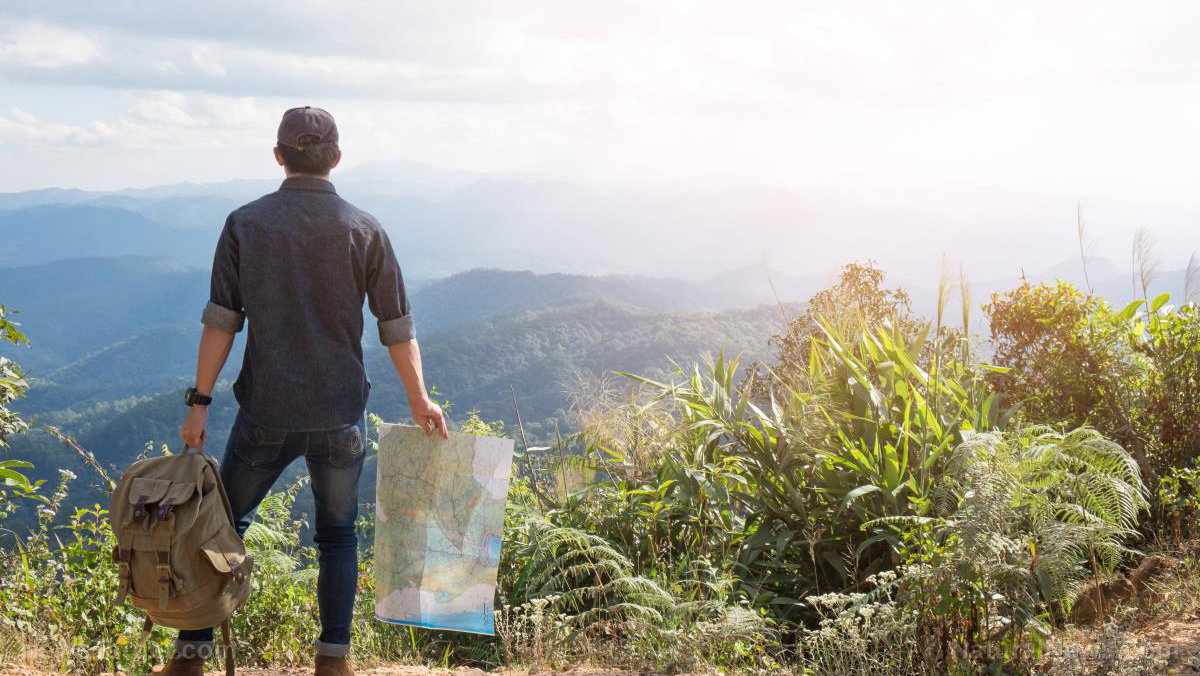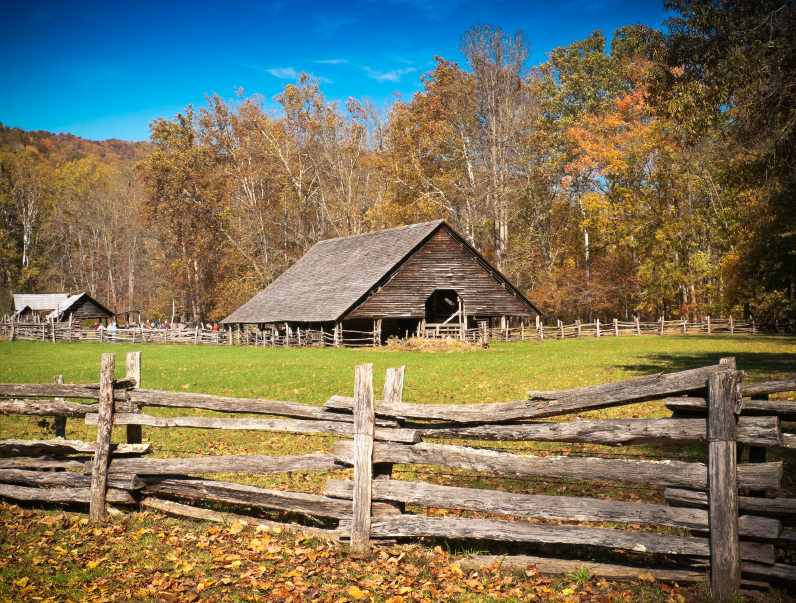10 toxic plants to stay away from when hiking
01/29/2019 / By Russel Davis

Hiking is an enjoyable activity that gives you the chance to commune with nature and see its exotic beauty. However, careful planning and adequate knowledge of plants may be required for hiking as various trails — such as mountains, forests and even deserts — are home to a wide array of poisonous plants that may cause severe medical emergencies. In this article, we will walk you through the top 10 most poisonous plants you need to avoid while hiking.
10 plants that hikers need to avoid at all cost
- Poison ivy — Perhaps one of the most infamous plants, poison ivy leaves nasty burning rashes and blisters on the skin upon contact. Experts discourage burning the plant as doing so would render the irritants to be airborne, which may cause further damage. The plant is distributed across all U.S. states east of the Rocky Mountains. (Related: How to heal severe poison ivy rash quickly using nature as the antidote.)
- Poison sumac — Direct contact with poison sumac may result in skin blisters and rashes, too. The plant is known to grow exclusively in swamps, bogs, and wetlands in the eastern U.S. and Canada.
- Poison oak — Poison oaks are notoriously popular among hikers for all the wrong reasons. The plant, very much like poison ivy and poison sumac, is known to cause a burning rash. The poisonous plant is characterized by its oak-like leaves that contain an oily allergenic substance called urushiol. According to a Mountain House article, poison oaks can be found in conifer and mixed broadleaf forests, woodlands, and grasslands across western North America.
- Giant hogweed — This noxious weed belongs to the same plant family as carrots, but the similarity ends there. Unlike its edible cousins, giant hogweed is covered with a toxic substance that triggers severe light-sensitive skin reactions. The plant is known to cause dark, painful blisters within two days of direct contact.
- Milk bush — While milk bush is best known for its aesthetic value, the plant is classified as a highly toxic ornamental variety that can cause skin irritation, severe rash, and blisters upon contact. Experts have also warned that direct eye exposure may even cause blindness.
- Stinging nettle — According to a Fox News entry, stinging nettle is surrounded by hollow hairs called trichomes that act like hypodermic needles. These needles are so small and sharp, they can easily inject histamine and other chemicals into the skin. The article notes that the plant hairs deliver a nasty stinging sensation upon direct contact.
- Jumbie bean — Also called rosary or crab’s eye, jumbie beans are extremely toxic vines that commonly grow in moist, well-drained wooded areas. Experts have warned that exposure to the poisonous plant may trigger nausea, vomiting and convulsions. More serious conditions such as liver failure and even death may follow.
- Christmas bush — Christmas bush is a small shrub that resembles hollies. According to experts, these plants commonly grow in open canopies and along trails. Hikers should be on the lookout for these attractive plants as they deliver a burning and itching sensation that may last for weeks.
- Deadly nightshade — As the name suggests, deadly nightshade is an extremely toxic plant that causes adverse health emergencies such as delirium, increased heart rate, and rapid breathing, as well as amnesia and even death. An entry posted on the National Park Service website notes that the plant is commonly found along roadsides and disturbed areas.
- Manchineel — Experts at the University of Florida have stated that manchineel is often referred to as “arbol de la muerte” or the tree of death. According to scientists, all parts of the plant are extremely harmful and may cause burning blisters. The tree is so toxic that a quick brush against its bark or merely standing under the tree’s shade could mean instant trouble. Ingesting the fruits, which resemble crab apples, may also cause adverse health effects.
Sponsored solution from the Health Ranger Store: Lab-verified Nascent Iodine solution is a dietary supplement that provides your body with supplemental iodine to help protect your thyroid during radiation exposure. Nuclear accidents such as Fukushima (or nuclear war) can expose your body to radioactive iodine-131, a dangerous radioisotope. Pre-loading your system with stable iodine occupies the iodine receptor sites on your organs, causing your body to naturally expel radioactive iodine you may have been exposed to through air, food, water or milk products. This defensive strategy is recommended by nearly all health authorities, worldwide, including the Nuclear Regulatory Commission. Discover more at this link.
For more opportunities to gain knowledge on what’s hot and what’s not in terms of being prepared for emergency situations, visit Preparedness.news.
Sources include:
Tagged Under: bugout, hiking, Plants, poisonous plants, survival




















